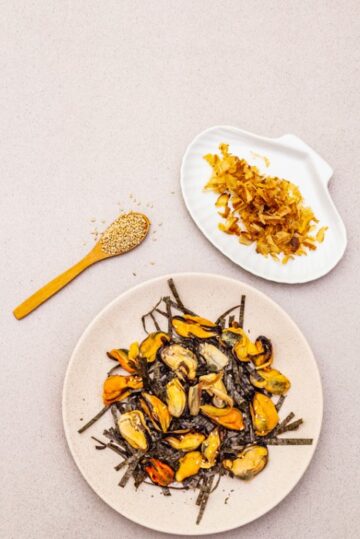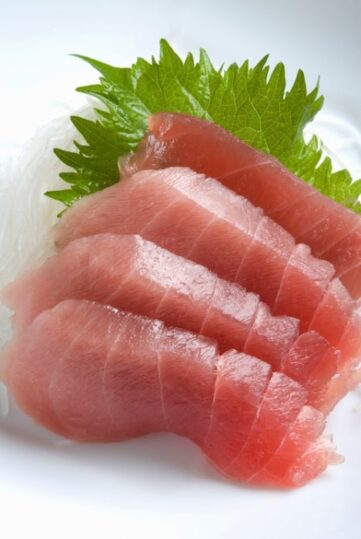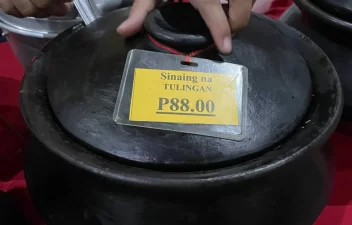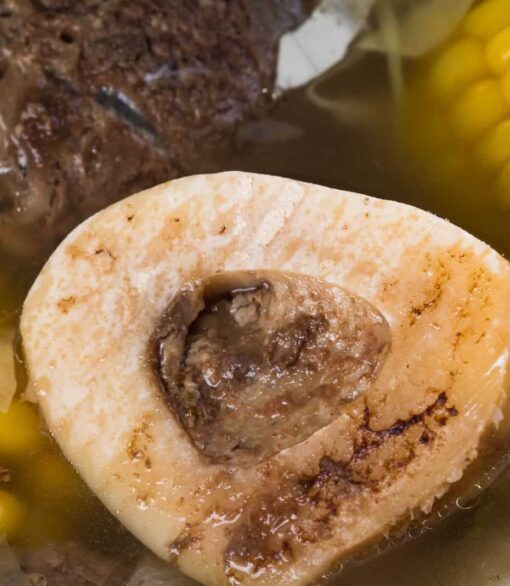Culinary Gem: Sinaing na Tulingan
In the coastal province of Batangas, Philippines, lies a culinary treasure that tantalizes the taste buds with its rich flavors and unique cooking technique – Sinaing na Tulingan. This local dish has been passed down through generations, capturing the essence of Batangas’ rich maritime heritage and the bounty of the sea. Join us on a gastronomic adventure as we delve into the depths of this delightful dish and unravel the secrets behind Sinaing na Tulingan.
The Taste of Batangueño Tradition
Sinaing na Tulingan is more than just a dish; it is a testament to the deep-rooted traditions and cultural heritage of Batangas. Tulingan, a type of mackerel, is the star ingredient that takes center stage in this flavorful masterpiece. The name “Sinaing” comes from the Tagalog term “sinaing,” which means “slow-cooked” or “braised.” This traditional method of cooking imparts a unique taste and tenderness to the fish.
What sets Sinaing na Tulingan apart is the meticulous process of slow-cooking. The fish is marinated in a blend of local spices, vinegar, and salt, which acts as a natural preservative. It is then wrapped in banana leaves, traditionally tied with strips of coconut leaves, and cooked over low heat for several hours. This gentle cooking process allows the flavors to infuse the fish, resulting in a melt-in-your-mouth experience.
As you unwrap the steamed bundle of Sinaing na Tulingan, you are greeted with a burst of enticing aromas. The fish has absorbed the tanginess of the vinegar, the subtle sweetness of the spices, and the earthy undertones of the banana leaves. The tender meat flakes easily, revealing its succulent texture and the harmonious marriage of flavors.
Sinaing na Tulingan is often served with a side of steamed rice, allowing the flavors to meld together. The simplicity of the dish is complemented by the vibrant colors of fresh vegetables, such as sliced tomatoes and salted egg. This visually appealing presentation adds a touch of freshness and balance to the overall culinary experience.
In Batangas, Sinaing na Tulingan is not just a dish but a symbol of cultural preservation. Local communities take pride in keeping this traditional recipe alive, passing it down from one generation to the next. This commitment ensures that the flavors and techniques of Sinaing na Tulingan continue to thrive, allowing future generations to savor the taste of Batangas’ culinary heritage.
Sinaing na Tulingan is a hidden gem in the gastronomic landscape of Batangas. This beloved dish represents the rich maritime heritage and culinary traditions of the province, showcasing the skills and passion of its people. A single bite of Sinaing na Tulingan transports you to the coastal villages, where the sea meets the land, and time seems to slow down. It’s a culinary experience that lingers on your palate and in your memory, leaving you with a deep appreciation for the vibrant flavors and cultural legacy of Batangas. So, the next time you find yourself in this coastal paradise, don’t miss the opportunity to savor the unique delight of Sinaing na Tulingan – a true culinary masterpiece from Batangas.







